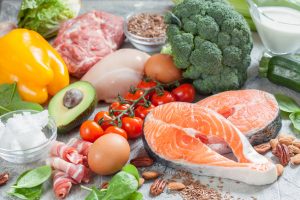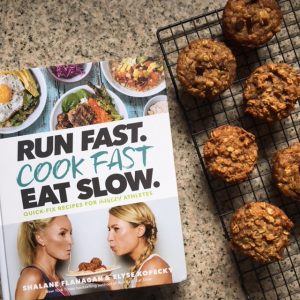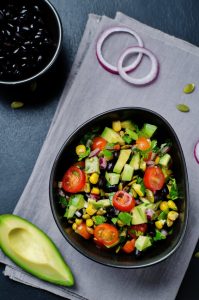As Exercise Physiologists, we are often asked, “What is the best way to lose weight?” But the answer does not always match up to the answer the client is looking for. Everyone seems to be looking for the fastest ways to lose a lot of weight; which is why diets are so widely marketed. The fact of the matter is, losing 9 pounds and 5 inches in 2 weeks under the guidance of a fad diet are unsafe, counterproductive and often unsustainable. This type of weight should often be under the supervision of a medical professional. It is near impossible to lose 9 pounds in two weeks while also giving the body all the macronutrients it needs to perform at optimal levels. Being in a medically supervised zone can make simple tasks difficult to focus on, increase catabolic reactions which can result in muscle breakdown and strains on different organs and the systems they are responsible for. Unfortunately, the risk of losing muscle and possible organ failure is greater when following a “fad diet.” If gaining muscle, increasing focus and drive all while losing weight are your goals, then you may want to consider meeting with an Exercise Physiologist to discuss simple calories in and calories out.

Each individual is unique in their own way. Yes, you are unique not only by what people see on the outside but what’s happening inside your body, as well. Each individual is equipped with their very own metabolic rate. Your metabolic rate controls the temperature of your body; it controls the success and proficiency of your organs that aid in digestion, absorption, muscle building, muscle breakdown, cell growth, cell death etc. This takes a great deal of energy to control, in fact your metabolic rate accounts for 60-75% of your daily caloric expenditure. With a percentage like that and the responsibilities that your metabolism bears, it is of the utmost importance that you know how many calories specifically you need to feed the machine that is your metabolism. You can easily calculate your metabolism through scientific equations available online, or perform the test if your gym or doctor’s office is equipped to perform an RMR test. Once you feed the “machine” that is your metabolism, everything else is just extra calories that can be manipulated in order to achieve weight loss.
Your metabolism is extremely important as it is responsible for almost every major function in the human body. If you under eat below your metabolism through certain fad diets, it can come back to harm you in the end (i.e. having a detrimental effect on many systems that the metabolism controls). In the end, fad diets may even slow down your metabolism further making it harder to lose weight. Eating just enough to feed your metabolism will keep you from gaining weight; then as you add in exercise and increase your physical activity, you will then see changes in your body weight and composition.
By Brandon Ayala, CSCS






